For more information about this assembly, please note the NCBI resources:
http://www.ncbi.nlm.nih.gov/genome/51
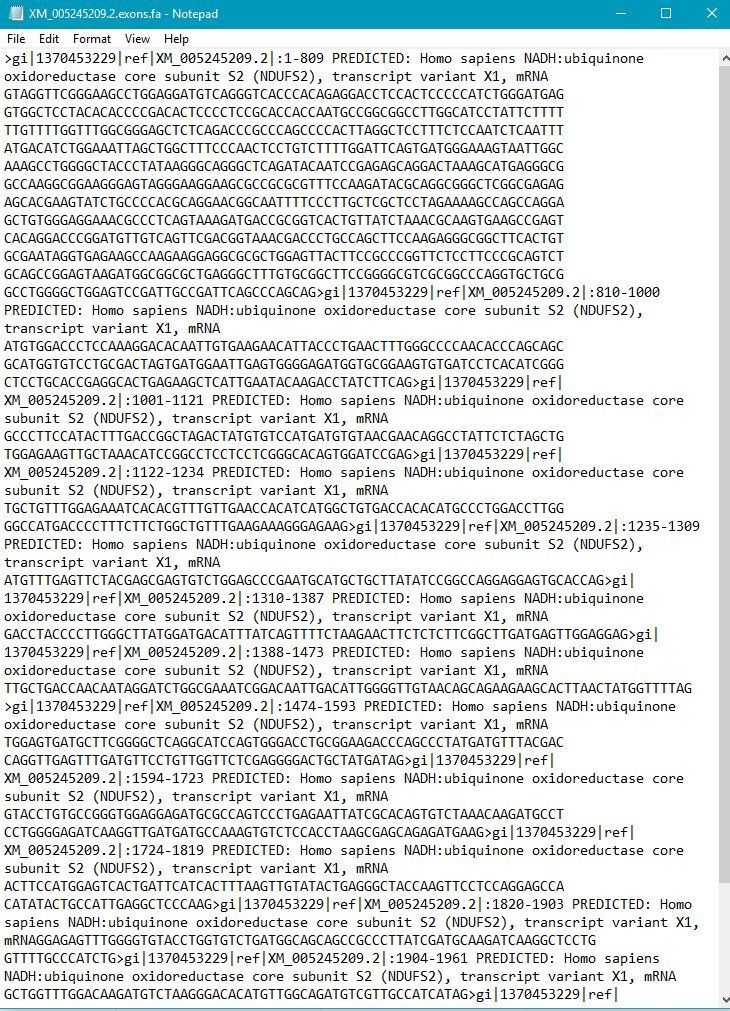
For more information about this assembly, please note the NCBI resources:
http://www.ncbi.nlm.nih.gov/genome/51
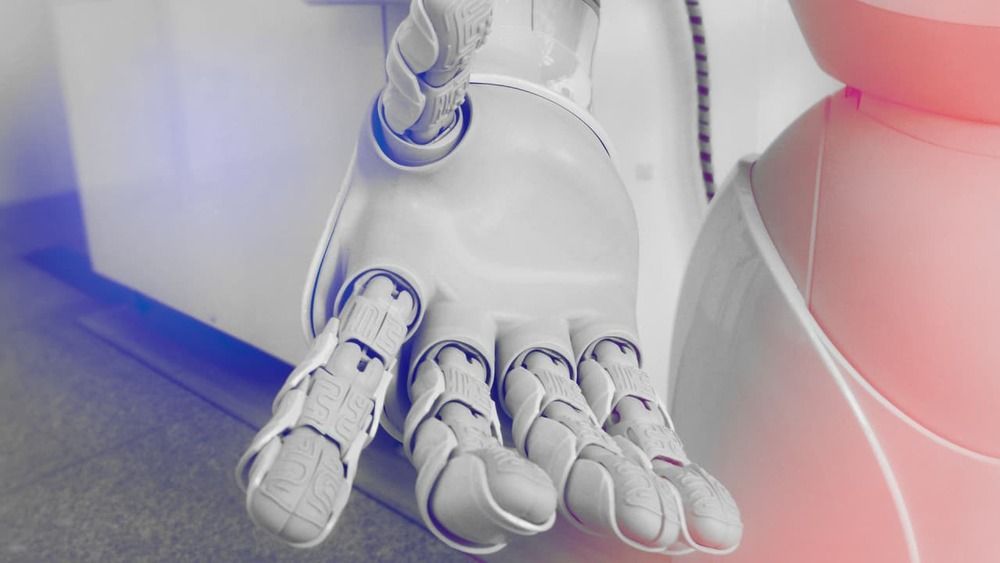
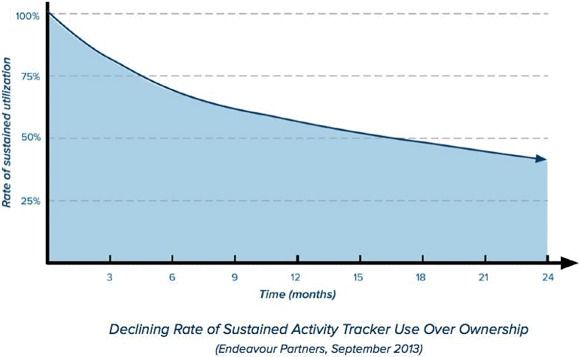
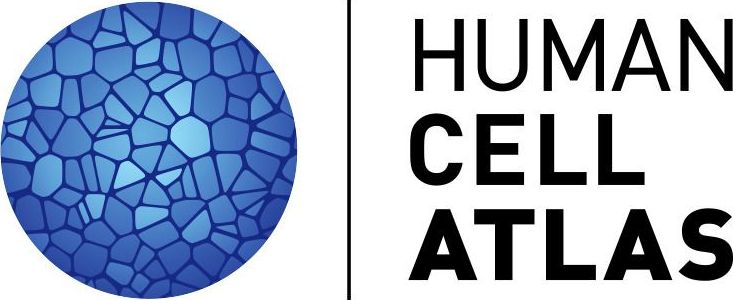
The Human Cell Atlas (HCA) is a global collaboration to map and characterize all cells in a healthy human body: cell types, numbers, locations, relationships, and molecular components. It will require advances in single-cell RNA sequencing, image-based transcriptomics and proteomics, tissue handling protocols, data analysis, and more. Once complete, it will be a fundamental resource for scientists, allowing them to better understand how healthy cells work, and what goes wrong when disease strikes.
The idea for the HCA grew from an enthusiastic scientific community, and represents a collaborative effort to increase the impact of single-cell biology by federating results from different organs, cell types, experimental approaches, and countries, without suppressing the dynamism of individual communities and projects. The HCA project welcomes participation by scientists, physicians, and engineers around the world. CZI joins groups such as the Wellcome Trust, the European Bioinformatics Institute (EMBL-EBI), the Broad Institute, the Sanger Institute, and UC Santa Cruz to support this work. We are supporting the HCA through a variety of mechanisms, including:

This directory contains the Sierra Leone 2014 (G3683/KM034562.1/eboVir3)
Assembly of the Ebola virus 2014 genome
(eboVir3, West Africa 01 June 2014 EBOV/G3683/KM034562.1).
For more information about this assembly, please note the NCBI resources:
http://www.ncbi.nlm.nih.gov/genome/4887


The status quo of economies today seems to be leaning towards automation as the base provider of all products and services. Owing to rise of robots in factories and AI in computing, automation is becoming one of the most integral parts of society.
While self-replicating robots have largely been kept to science fiction books, their rise is becoming more and more likely with the rise of supplementary technologies such as 3D printing.
This technology could hold the key to a truly post-scarcity society. The question then arises, how would the rise of a post-scarcity society affect human institutions such as economy and governance that rely on scarcity?

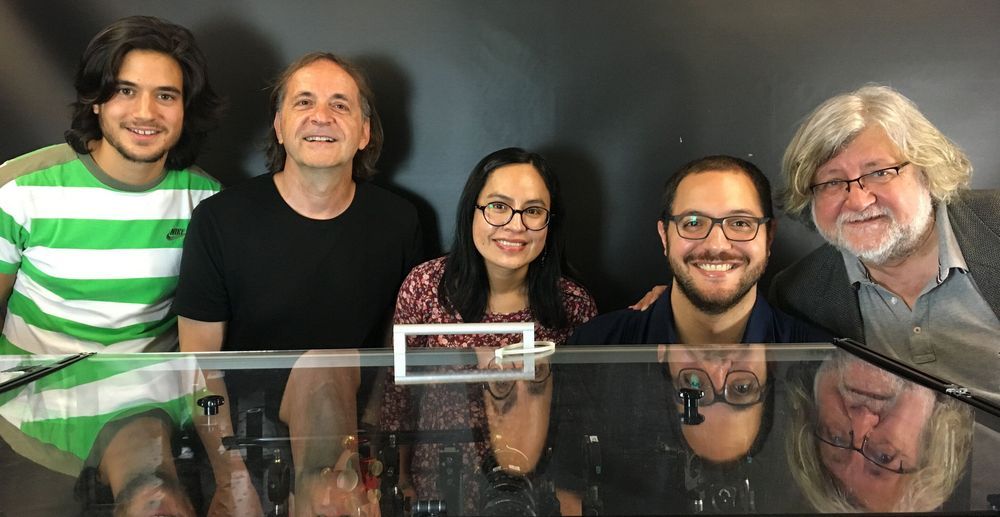
Around age six, we start learning how to tie our shoelaces, making knots that look like ribbons—or possibly more complex forms, if we are a little clumsy. We use knots every day, but the type of knots we generally use are associated with physical objects, things we can touch.
Although it can be hard to image, light can also be shaped in ways that form knotted configurations, whose shape depends on the orbital angular momentum of the light. This parameter is responsible for making the beam of light twist around its own axis, generating different knot shapes, and expanding to a new degree of freedom that can carry valuable information.
Learning and mastering how to generate twisted light—light with orbital angular momentum—has been a thriving field of study for the past 20 years. Unlike spin angular momentum, which is associated with the polarization of light, orbital angular momentum is associated with the spatial distribution of the electric field. These two types of angular momentum can also be coupled, which results in a variety of light fields of different shapes with polarizations that change from point to point.
